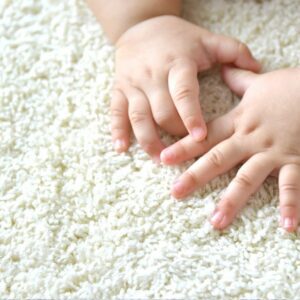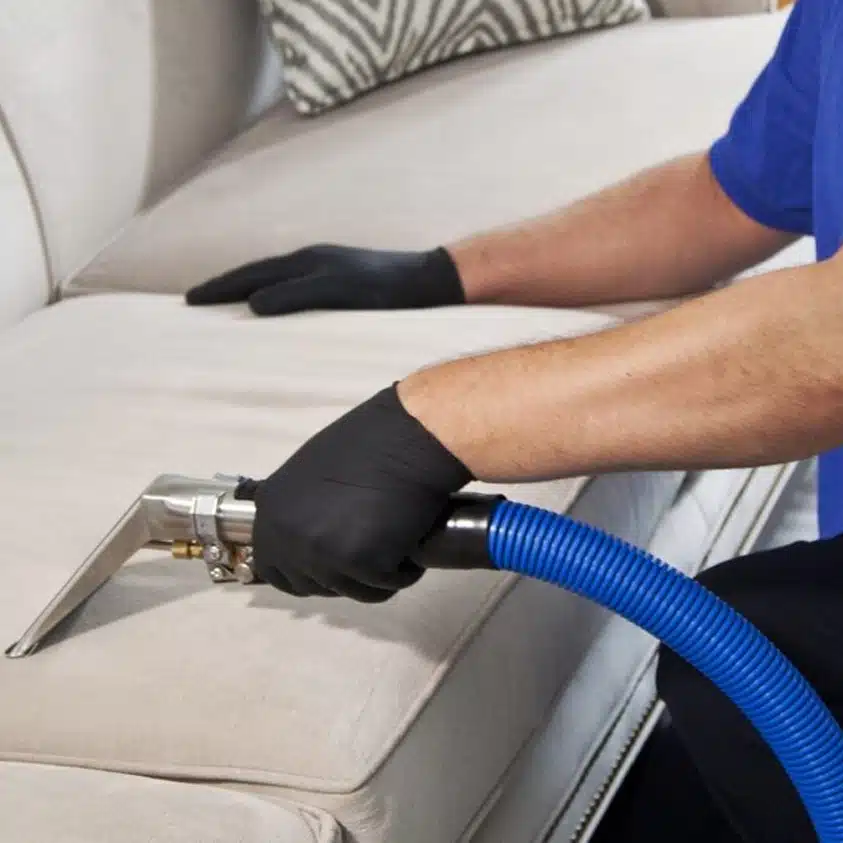Manufacture and Materials of Frieze Carpets
The manufacture of frieze carpeting is a sophisticated process. It combines advanced technology with intricate craftsmanship. This section outlines the procedure of making frieze carpets. It highlights the materials used and the steps involved in creating this durable and stylish flooring option.
Materials Used
The primary material in frieze carpeting is synthetic fibers, with nylon and polyester being the most popular choices due to their durability and stain resistance.
Nylon, known for its resilience and ability to retain its shape, makes for a long-lasting frieze carpet that can withstand high traffic and frequent cleaning.
Polyester, on the other hand, offers exceptional softness and color clarity, providing a plush feel and vibrant hues that do not easily fade over time.
Some manufacturers also explore eco-friendly options, such as recycled plastics or bio-based materials, to minimize environmental impact without compromising on quality.
Twisting Process
The distinctive texture of frieze carpets comes from its tightly twisted fibers. The process begins with the production of synthetic yarn, which is then twisted at high speeds in industrial machines.
This twisting not only imparts the carpet’s characteristic curly appearance but also locks the fibers into a durable structure.
Typically, the yarn twists up to 10 times more than standard carpet fibers do. This creates a kinked texture that improves the carpet’s resilience and its ability to hide dirt and footprints.
Heat Setting
After twisting, the yarn undergoes a heat setting process. This crucial step stabilizes the fibers, ensuring they retain their twisted form and do not unravel over time. Heat setting involves exposing the twisted yarn to high temperatures, which “sets” the twists, locking them in place.
This process contributes significantly to the frieze carpet’s durability, making it an excellent choice for high-traffic areas.
Tufting and Finishing
The next phase in manufacturing frieze carpeting is tufting, where the twisted and heat-set yarn is inserted into a backing material to create the carpet’s structure.
Advanced tufting machines accurately stitch the yarn into the backing, forming the dense, plush pile characteristic of frieze carpets.
Following tufting, the carpet undergoes additional finishing processes, such as dyeing and applying stain-resistant treatments. These finishing touches not only enhance the carpet’s aesthetic appeal but also improve its performance and longevity.
Quality and Performance Enhancements
Throughout the manufacturing process, quality control measures are in place to ensure the frieze carpet meets strict standards for durability, comfort, and style.
Innovations in fiber technology and treatment methods continue to enhance the performance of frieze carpets. They offer homeowners superior stain resistance, color retention, and ease of maintenance.
In summary, the manufacture of frieze carpeting involves a meticulous process. Procedures that transform synthetic fibers into a highly durable, comfortable, and stylish flooring option.
From the choice of materials to the advanced production techniques, each step is designed to produce high performance frieze carpets. Products that stand the test of time, offering both aesthetic appeal and practical benefits to homeowners.







